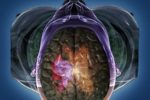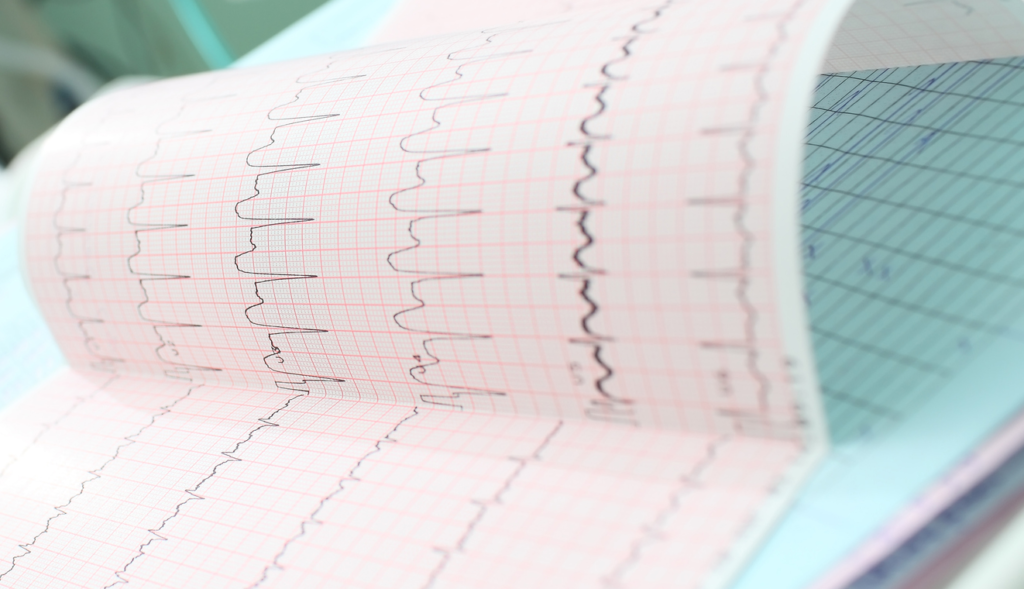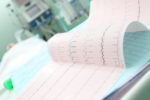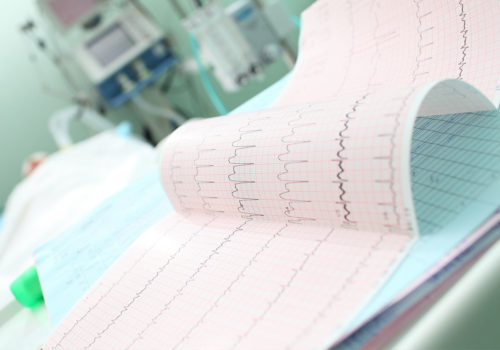Palpitations are a common presentation in general practice and a frequent reason for cardiology referrals. They generally cause considerable distress and anxiety to the patient and can also evoke feelings of uncertainty in the health professional consulted, but the good news is that palpitations are often benign. The skill lies in identifying patients with a significant heart rhythm abnormality that could be helped by treatment and those at risk of adverse outcome. This can be achieved by taking a careful history and simple investigations.
























